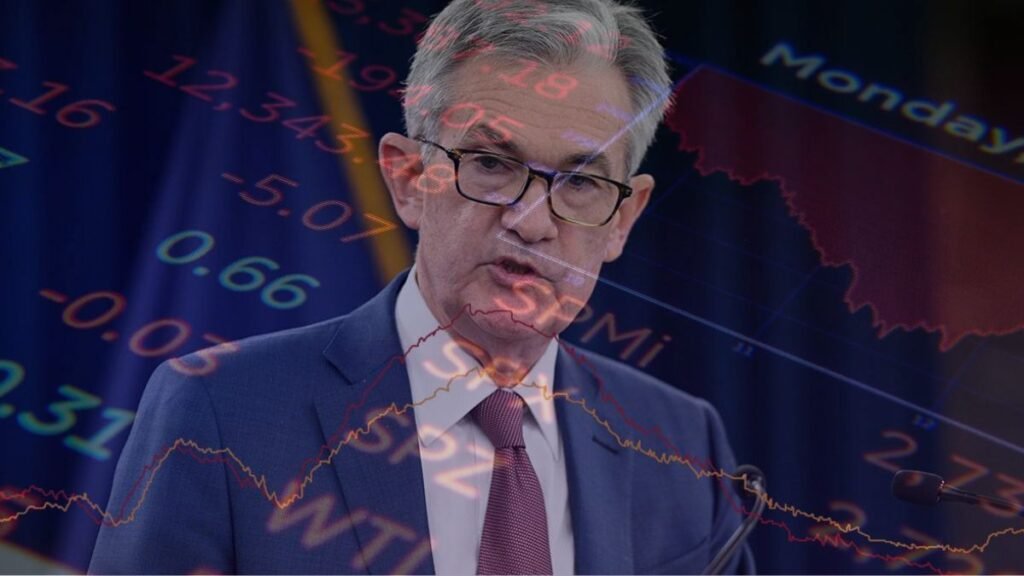Recent data on inflation data have been uneven, leading investors to reduce their expectations for interest rate cuts by the Federal Reserve this year. Chicago Fed President Austan Goolsbee talking about the Fed’s preferred inflation gauge said on Friday that progress on inflation has stopped.
He suggested it is important for the central bank to wait for clearer inflation trends like the March PCE report. As a result, of Friday’s Personal Consumption Expenditures (PCE) reading, the Fed’s preferred inflation gauge has become more important.
Personal Consumption Expenditures (PCE): Fed’s Preferred Measure of Inflation
Economists have started predicting that core PCE of March might increase by 2.7% compared to the last year. This rise in the March PCE report will be slightly lower than February’s 2.8% rise. They also expect a 0.3% increase in “core” PCE March from the previous month, matching the change seen in February.
Citi economist Andrew Hollenhorst, talking about Fed’s preferred inflation gauge, said that if the core PCE March inflation reaches around 0.25% month-over-month for March and April, the year-over-year rate would decrease from 2.8% to 2.6%. Such a March PCE report could give the Fed room to gradually lower policy rates starting in June or July.
Investors have remained calm during the adjustment of Fed interest rate expectations. Economists have been revising their forecasts for economic growth, and Thursday’s PCE March report will give an insight into the growth in the first quarter of this year.
Economists anticipate that the US economy expanded at an annualized rate of 2.5% in the first quarter. This is a s decrease from the 3.4% growth observed in the fourth quarter of 2023.
All the Possibilities of PCE March Report
Recent trends in the Fed’s preferred inflation gauge, Personal Consumption Expenditures (PCE) inflation, have shown a lack of progress toward reducing inflation in 2024. The March PCE report inflation data is set to be released on April 26 at 8:30 a.m. ET. The Fed’s preferred inflation gauge is expected to show a monthly increase of 0.32%, or 0.30% on a core basis. This is based on estimates from the Cleveland Fed.
This compares to a 0.4% monthly increase in the March Consumer Price Index reported earlier. If these forecasts materialize, it suggests an increase in inflation. For instance, the annual Fed’s preferred inflation gauge, the PCE inflation rate, which had dropped to 2.4% in January 2024, could rise to 2.6% in March. A 0.3% monthly inflation rate, compounded over 12 months, equates to a 3.7% annualized inflation rate. While this is lower than peak inflation, it still goes beyond the Federal Open Market Committee’s 2% target.
What are Economists Saying?
Talking about the Fed’s preferred inflation gauge, Michael Gapen, US economist of Bank of America said that recent data suggest that the economy remains resilient despite higher interest rates. He added that consumer strength is present, and while economic growth has gone up from the 4.9% rate in the third quarter, any slowdown has been slow.
The Federal Open Market Committee (FOMC) has tempered expectations for immediate interest rate cuts. This is due to recent inflation data not showing a clear downward trend, which raises concerns about achieving the Fed’s 2% annual inflation target.
Read Also:
Fed Chair Powell’s Statements on Inflation Put a Damper on Spring Housing Market Hopes
New Capital Gains Changes May Increase Tax Burden for Many
Is $100,000 a Good Salary in the USA? The New Salary Standard

